I focus primarily on AFV development/warfare 1915-42.
Warning: may contain humour.
For more detail: https://rivets-and-pins.beehiiv.com/
Available on Amazon in paperback and in kindle.


Available on Amazon in paperback and in kindle.

South of the centre is where Foster's of Lincoln stood. Its Wellington Foundry in Firth Road was the centre of tank development in 1915-16.
Little Willie & Mother were designed & built here.
1/
South of the centre is where Foster's of Lincoln stood. Its Wellington Foundry in Firth Road was the centre of tank development in 1915-16.
Little Willie & Mother were designed & built here.
1/
The first of these is the Land Rover, available, along with other great titles, from the Pen and Sword Books website;(www.pen-and-sword.co.uk/Land-Craft-7...)
The first of these is the Land Rover, available, along with other great titles, from the Pen and Sword Books website;(www.pen-and-sword.co.uk/Land-Craft-7...)


A thread... 1/20🧵
A thread... 1/20🧵
Now I know what you’re thinking ‘it’s garbage’ well, yes. But let’s take a look at it a bit closer.
1/




Now I know what you’re thinking ‘it’s garbage’ well, yes. But let’s take a look at it a bit closer.
1/
www.badsquiddogames.com

www.badsquiddogames.com
#RoyalEngineers supporting the armoured & infantry formations throughout the lesser known Operations in the Western Deserts, Syria, Burma & Assam during WWII.
Maps, bridging, fieldworks and more.
#REspect
#VEDay80
www.instre.org/events/my-gr...

#RoyalEngineers supporting the armoured & infantry formations throughout the lesser known Operations in the Western Deserts, Syria, Burma & Assam during WWII.
Maps, bridging, fieldworks and more.
#REspect
#VEDay80
www.instre.org/events/my-gr...

🧵1/8

🧵1/8
Germans trying to retreat running into trouble in the form of 2nd Armd Div. In particular S/Sgt Cermak's 57mm A/T gun, visible in the first photo.
Le Pont Brocard.
#WW2 #Normandy44
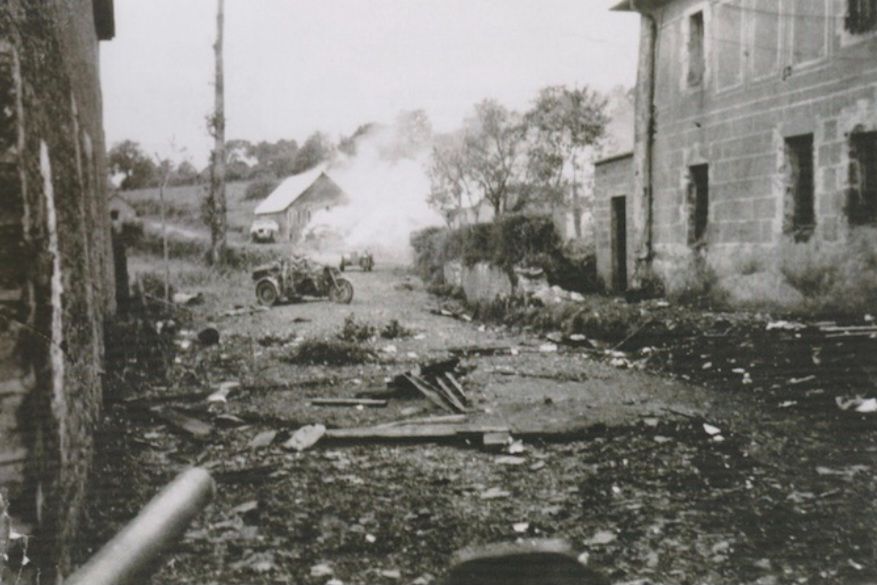
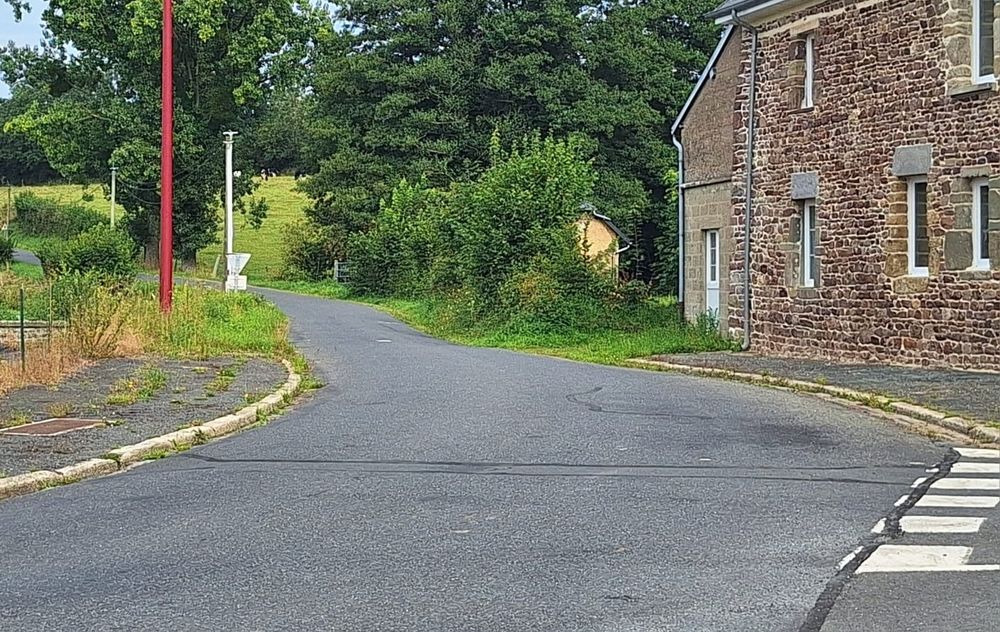
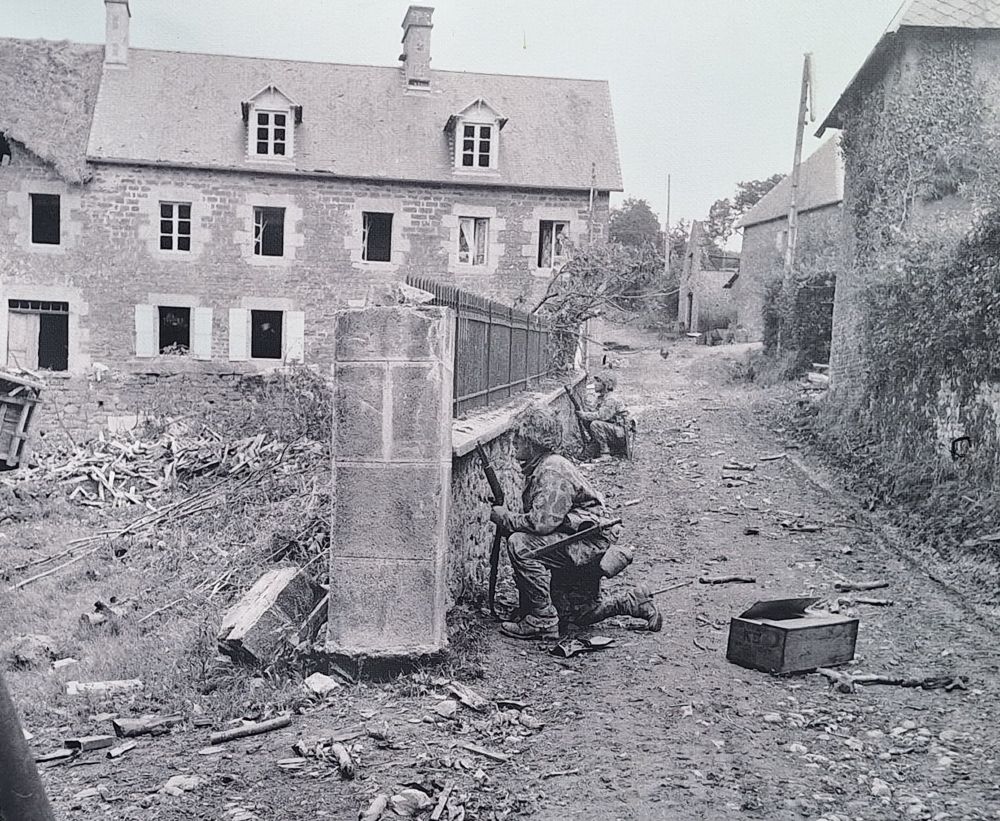
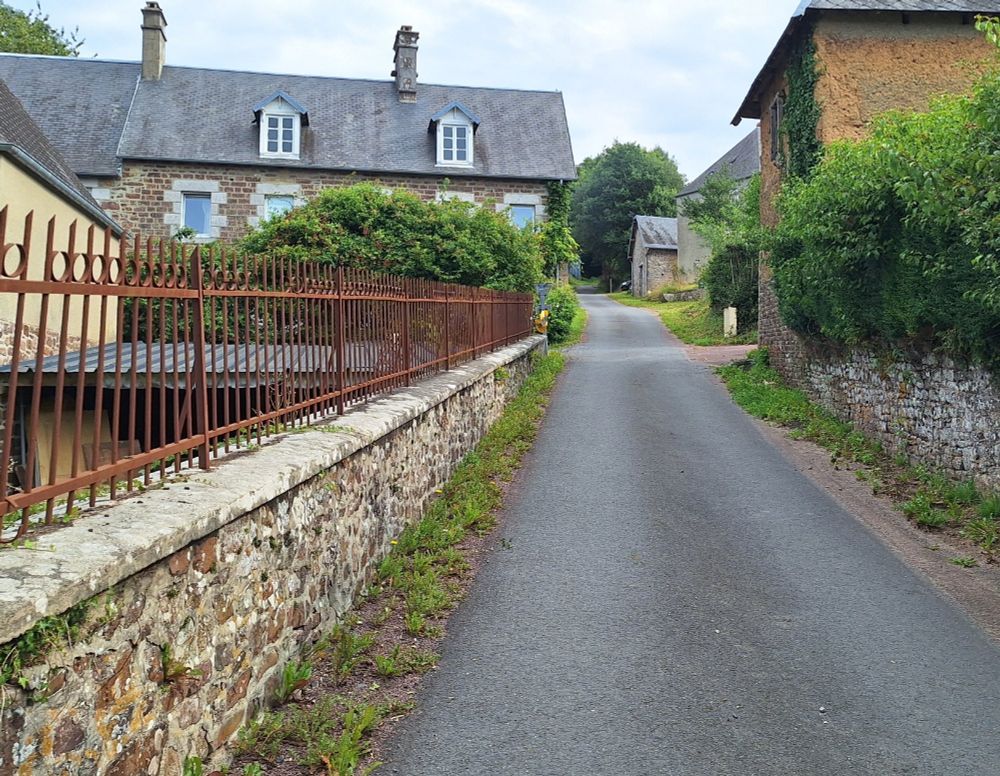
Germans trying to retreat running into trouble in the form of 2nd Armd Div. In particular S/Sgt Cermak's 57mm A/T gun, visible in the first photo.
Le Pont Brocard.
#WW2 #Normandy44
Here's a new one from The Modelling News: www.themodellingnews.com/2025/07/read...
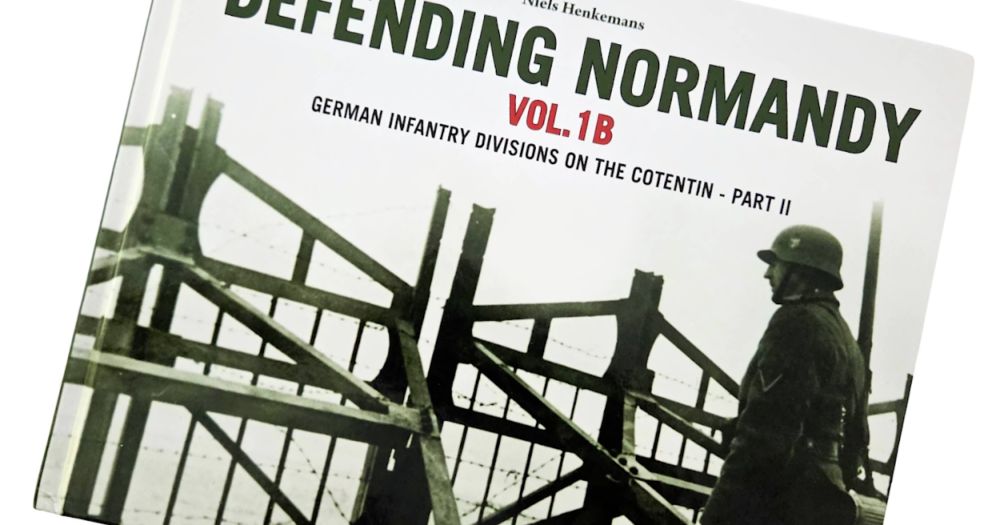
Here's a new one from The Modelling News: www.themodellingnews.com/2025/07/read...
Substack - mrhenrymorris.substack.com/p/the-png-co...
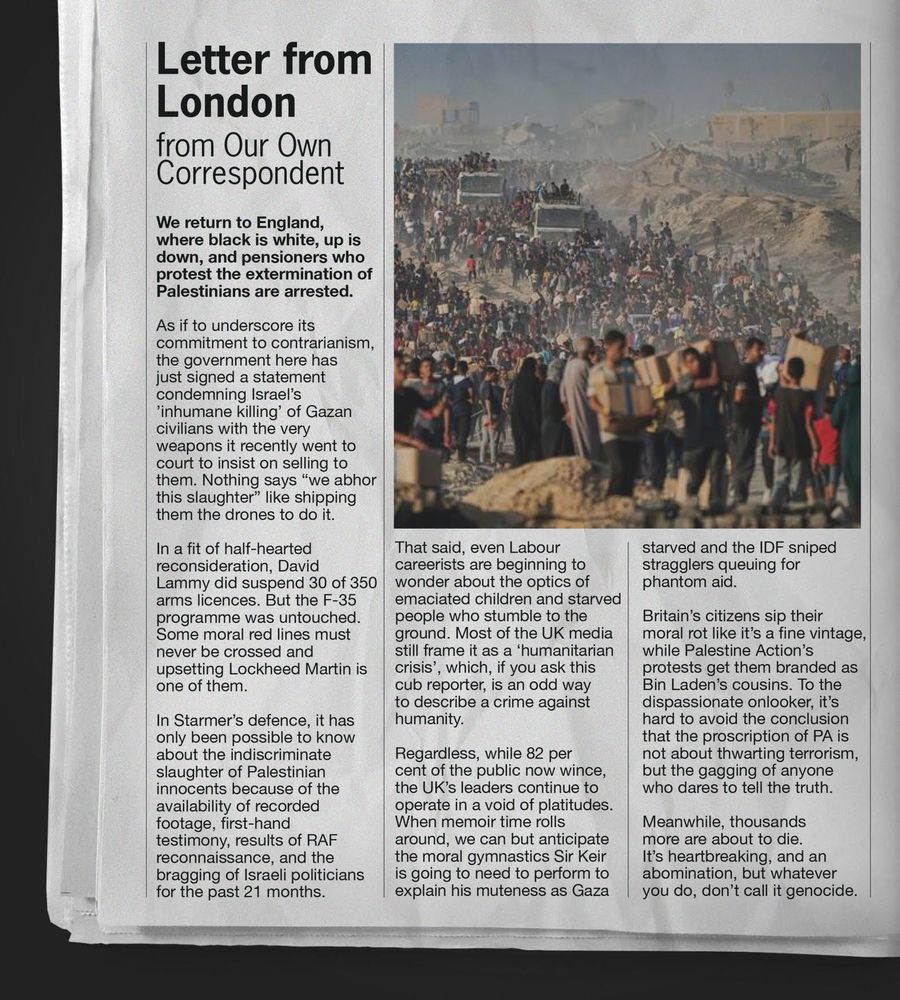
Substack - mrhenrymorris.substack.com/p/the-png-co...
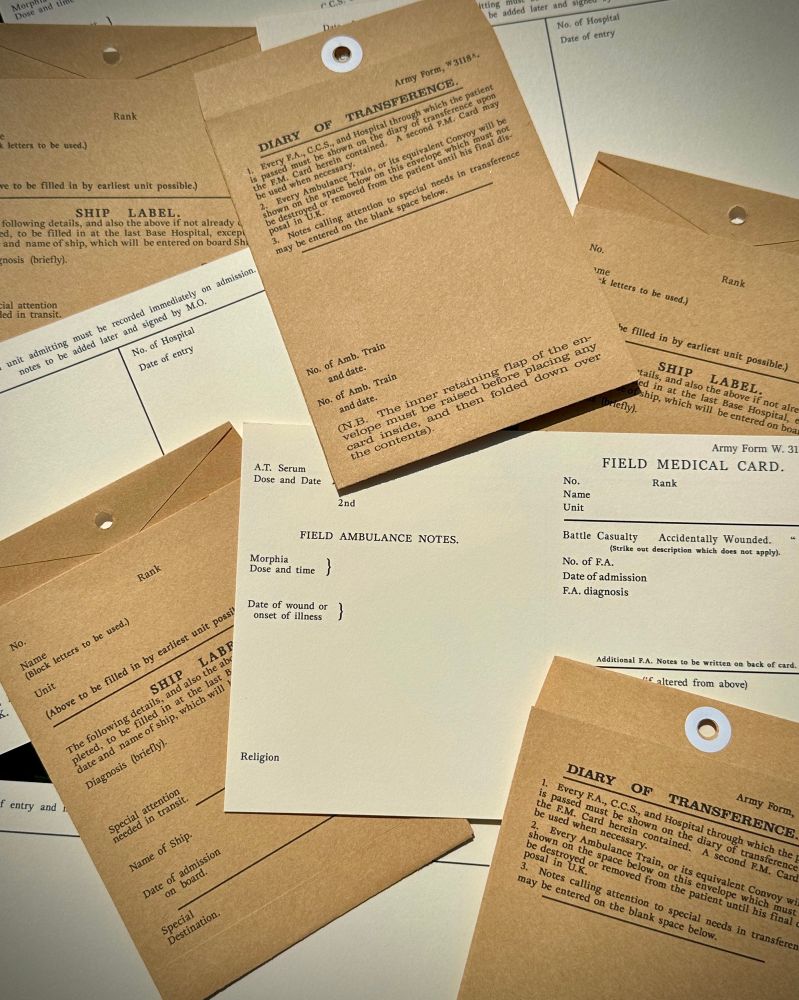
From Biggles to Bovington, from Hassel’s pulp to SS comics at the Tank Museum—here’s a summer journey through the war stories we read before we learned how to read war.
open.substack.com/pub/killingg...
From Biggles to Bovington, from Hassel’s pulp to SS comics at the Tank Museum—here’s a summer journey through the war stories we read before we learned how to read war.
open.substack.com/pub/killingg...
With the 81st anniversary of D-Day coming up, here's a reminder that talks about my research can be found at @ww2tv.bsky.social brilliant Youtube channel.
My most popular show is my talk about German armour in Normandy: www.youtube.com/watch?v=mofF... It's long but well worth it 😉

With the 81st anniversary of D-Day coming up, here's a reminder that talks about my research can be found at @ww2tv.bsky.social brilliant Youtube channel.
My most popular show is my talk about German armour in Normandy: www.youtube.com/watch?v=mofF... It's long but well worth it 😉
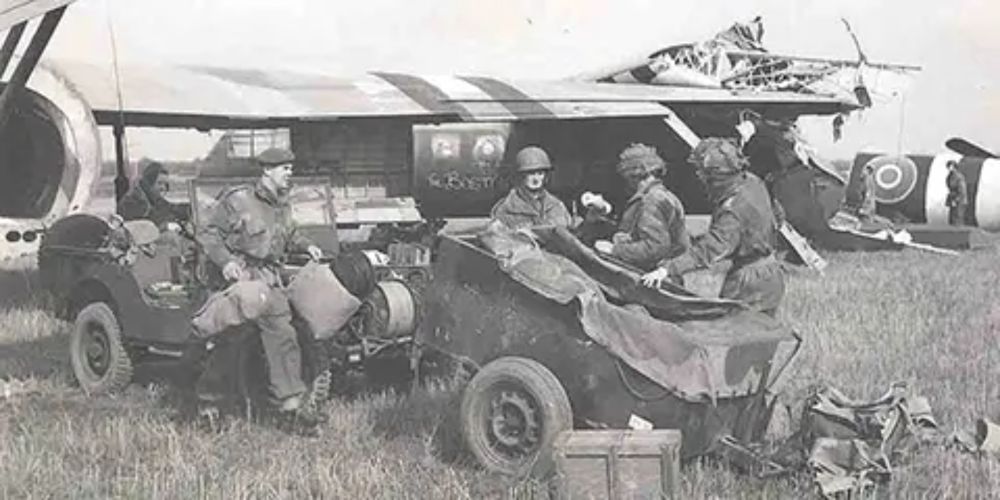
That was before the Venezuelan patrol vessel Naiguatá managed to recapture some of this spirit by fighting - at least at that point - the dumbest action of the 21st century.

That was before the Venezuelan patrol vessel Naiguatá managed to recapture some of this spirit by fighting - at least at that point - the dumbest action of the 21st century.




